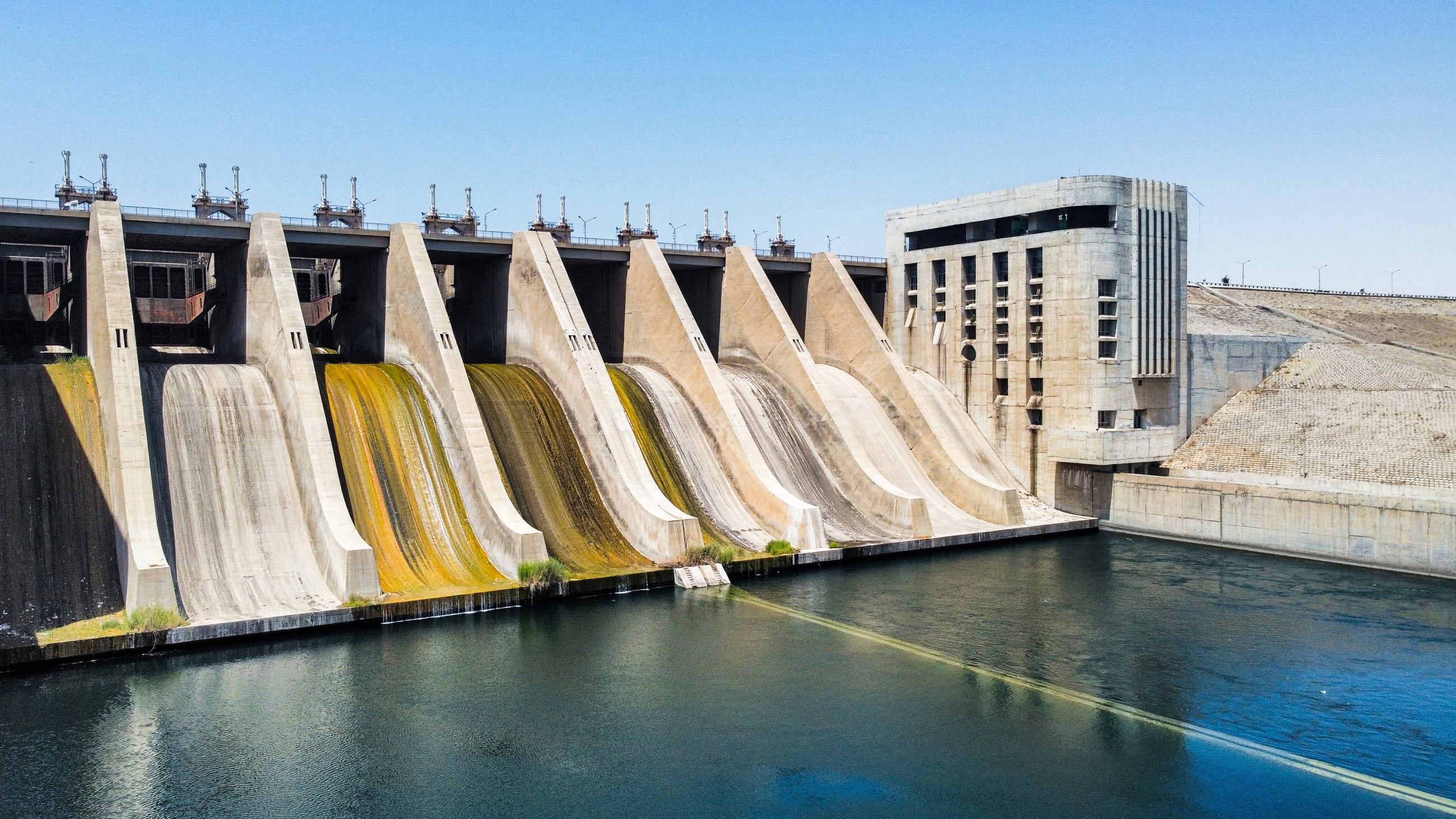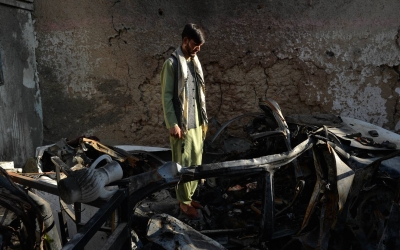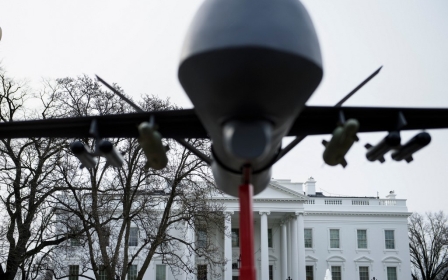US targeted Syria dam it claimed was on 'no strike' list: Report

A US military unit reportedly targeted a dam in Syria in 2017 that was controlled by the Islamic State group (IS), despite the structure being on a "no-strike list" given that flooding could put the lives of tens of thousands at risk, The New York Times has reported.
Two former US officials told the newspaper in a report published on Thursday that the secretive Task Force 9 unit carried out the attack on the Tabqa Dam on 6 March 2017, which ripped through five storeys of the 18-storey structure and caused a large fire that destroyed essential equipment. The three employees who rushed to the scene were killed in a subsequent strike by US-led coalition forces.
At the time, IS, Russia and Syria all blamed the US for the strike, but the commander of the US offensive in Syria, then Lieutenant-General Stephen J Townsend, emphatically denied the accusation, saying that "the Tabqa Dam is not a coalition target".
The two former US officials who spoke to the Times said the strike was carried out using at least one BLU-109 bunker-buster bomb, which is designed to destroy such concrete structures.
An internal military report had warned that striking the dam would cause flooding that could impact the hundreds of thousands of civilians living in the valley below and place the lives of tens of thousands of civilians at risk, the Times reported.
"Using a 2,000-pound bomb against a restricted target like a dam is extremely difficult and should have never been done on the fly," Scott F Murray, a retired Air Force colonel who planned air strikes during campaigns in Iraq, Afghanistan and Kosovo, told the Times.
"Worst case, those munitions could have absolutely caused the dam to fail."
Dam workers examining the scene found an unexploded BLU-109 that could have caused the dam to fail, experts said.
'Unimaginable destruction'
Responding to the NYT's reporting, US Central Command confirmed dropping three 2,000-pound bombs but denied targeting the dam or employing procedural shortcuts to do so.
"Analysis had confirmed that strikes on the towers attached to the dam were not considered likely to cause structural damage to the Tabqa Dam itself," Central Command spokesman Bill Urban told the Times in a statement. Noting that the dam did not collapse, he added: "That analysis has proved accurate."
But the former officials said that the strike caused significantly more damage than Central Command indicated.
Engineers who worked at the dam said that a much greater disaster was avoided thanks to the quick work of dam employees at the scene, much of which was carried out under gunpoint.
"The destruction would have been unimaginable," a former director at the dam told the newspaper.
"The number of casualties would have exceeded the number of Syrians who have died throughout the war."
The New York Times' report comes a month after the paper revealed that the US military covered up a covert army cell that repeatedly killed Syrian civilians during the campaign against IS.
The unit, named Talon Anvil, struck convoys, command centres, and squads of enemy fighters when it operated between 2014 and 2019, the report said.
Current and former US military and intelligence officials told the newspaper that the covert US army cell repeatedly killed civilians as collateral damage in its operations in Syria.
Middle East Eye delivers independent and unrivalled coverage and analysis of the Middle East, North Africa and beyond. To learn more about republishing this content and the associated fees, please fill out this form. More about MEE can be found here.






